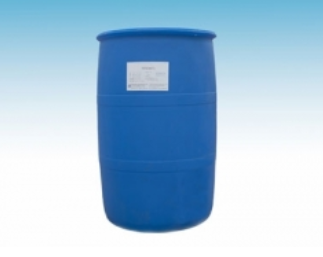Surfactants are substances that can significantly reduce the surface tension and liquid-liquid interfacial tension of liquids. Their molecules are composed of polar hydrophilic groups and nonpolar hydrophobic groups. The common hydrophilic part is carboxyl, sulfate, sulfonic acid, amino, quaternary ammonium and hydroxyl, while the hydrophobic part is represented by long-chain alkanes and aromatics.

Because they have both hydrophilic and lipophilic amphiphilic properties, they can change the surface properties of the cleaning solution during chemical cleaning, so that they have lower surface tension, better wettability and foaming. According to the different charges carried by the surface active part, surfactants can be divided into four categories: anionic, cationic, non-ionic and amphoteric.
Using surfactant as carrier, iodine can be complexed with polyol ether or PVP under certain conditions, which is a widely used iodophor disinfectant, which can overcome the shortcomings of yellow staining and difficult decolorization of iodine. At present, it has become the preferred disinfectant for medical injection and hospital surgery.
Using the solubilization of detergents, phenols were mixed with anionic surfactants long ago. For example, Lysol disinfectant, i.e. coal phenol soap solution, is a compound composed of coal tar fractionation (195 ℃ ~ 205 ℃) dominated by three cresol isomers (ortho, meta and para) and soap. The specific formula is as follows: 500ml cresol, 173G vegetable oil, 27g sodium hydroxide and an appropriate amount of distilled water (full amount 1000ml). When preparing, first make soap with vegetable oil and sodium hydroxide, and add cresol and distilled water while hot. The function of soap is to make cresol soluble in water and reduce surface tension.